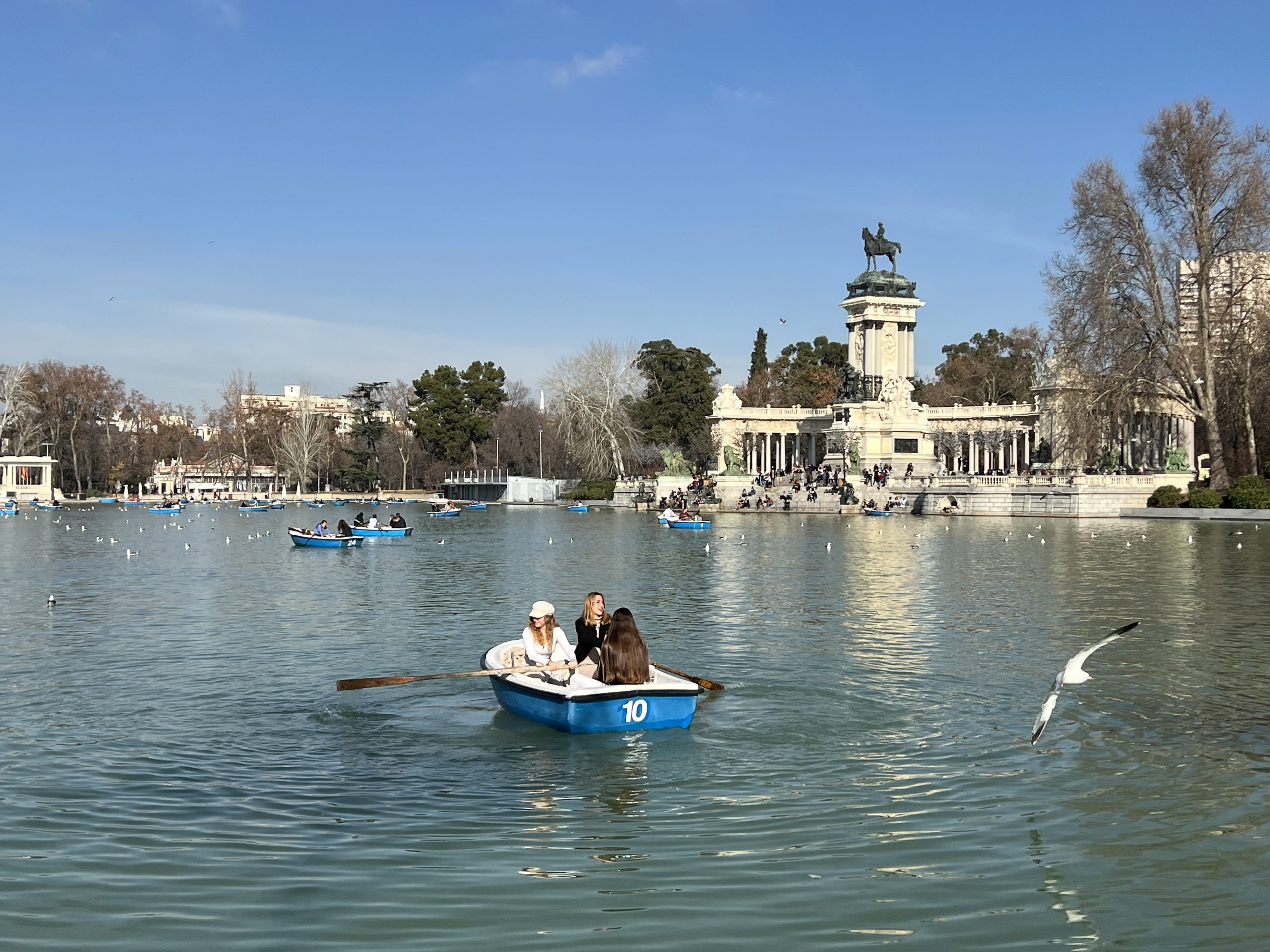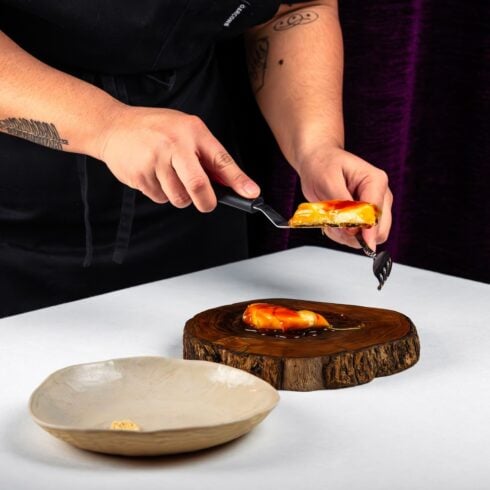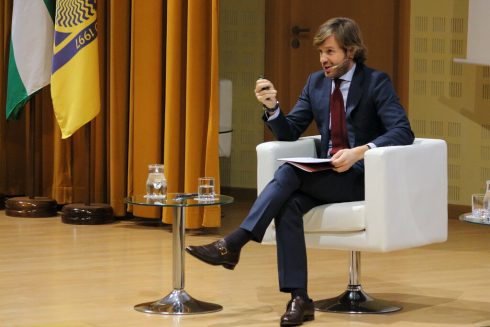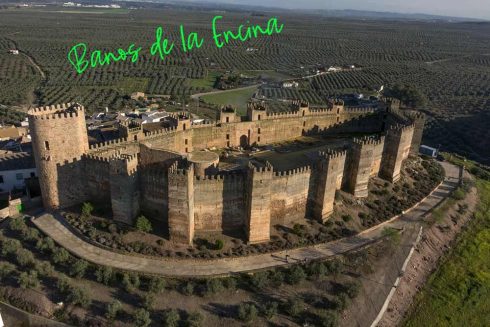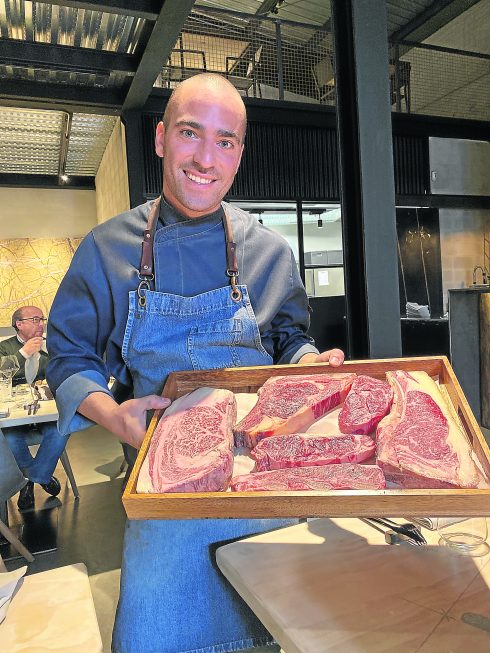GET set, ready… Go! The masks are off and it’s time for an adventure. But nothing too exotic.
Madrid is the perfect spring escape. And not just because of the weather.
Spain’s most exciting city – and easily the friendliest capital in Europe – has more exhibitions and art galleries than Picasso had lovers.
So good is its so-called Golden Triangle of Art – which has, conservatively, a dozen good museums – that the area and its adjacent Retiro park just landed its own UNESCO World Heritage status.
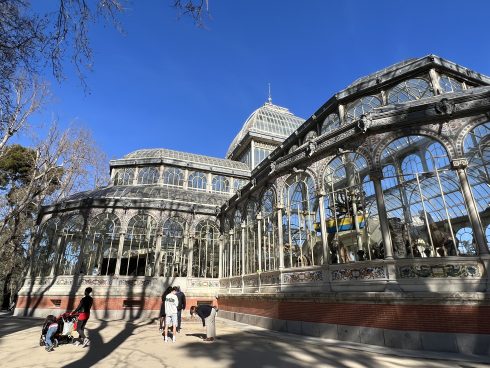
Dubbed a special ‘landscape of Arts and Sciences’ this 200-hectare cultural zone was lauded for being a vital green space, that evolved since the creation of the tree-lined Paseo del Prado in the 16th century.
A wide boulevard with remarkable fountains and buildings, it was one of the first in Europe where all citizens, without distinction of class, could enjoy leisure and a stroll.
Weather permitting (and chances are you’ll be fine, the city boasting over 300 days of sun a year) you can pretty much walk around the entire area in a day, dipping in and out of museums and restaurants at will.
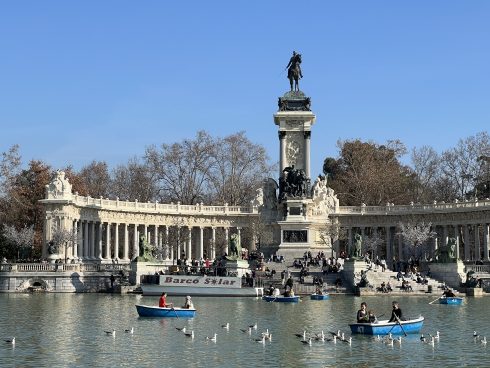
The golden trio are the Prado Museum, the Thyssen Museum and the Reina Sofia, but there are hundreds of other good places to visit in the city, be it shops, restaurants or markets, all easily reached on foot.
Here are five hot things not to miss in Madrid, all within a 30-minute walk of the Golden Triangle, plus two nearby places to eat and a wonderful hotel, the Ritz, recently reopened after a three year renovation.
GREAT DANE
Whisper it, but don’t pass it around. There is a new kid on the block in the Golden Triangle is this splendid new art foundation that squeezed open just as the pandemic kicked off two years ago and then firmly shut for a year.
Well, the Maria Cristina Masaveu Foundation is open again and what a joy it is.
A sort of little sister of the Thyssen, but with perhaps more taste, this inspirational collection of paintings and sculptures, from Goya to Sorolla is so worth a look in.
Tucked away a few blocks up from the Thyssen, it’s set in a reformed neoclassical mansion with 13 rooms, courtyards and a top floor roof terrace.
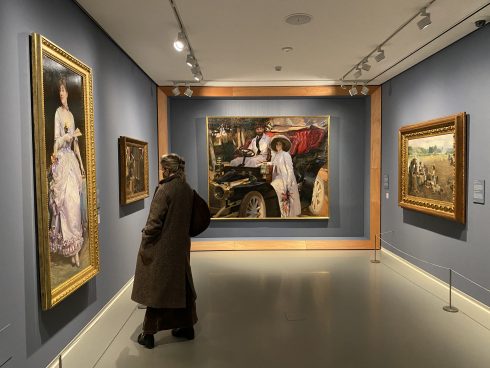
The private collection of wealthy dane Maria Cristina Masaveu Peterson, it is as exciting, as it’s hip.
A not-for-profit foundation, it has a refreshing sense of place and aims to promote ‘urban art’ with young artists including Valencian Mario Mankey and Sabek and, of course, Banksy and Keith Haring.
One definite highlight is the amazing Jaume Plensa giant head sculpture Silencio, that emerges out of nowhere in a corridor.
Get there before it gets in vogue, for it most surely will do at some point this year, just as the Sorolla museum did at the turn of the century (often now frequently swamped).
MURALS AT THE TABACALERA
IT has become one of the city’s most instagrammable sites… but don’t be put off.
Muros Tabacalera (or the Madrid Street Art Project) is worth hunting out for its inspirational line up of 25 giant works by graffiti artists from around the world.
All set at a former 16,000 sq.metre tobacco factory, in Lavapies, each artist was handed a giant section of wall facing Glorieta de Embajadores to create a mural.
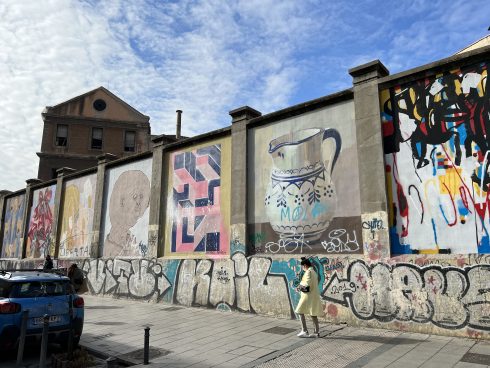
Given the area being one of Madrid’s most multicultural barrios, it is appropriate that many have a clear social conscience, such as the excellent boat people.
While the interior of the old factory is also dedicated to street art it is currently shut. But keep an eye out at the website.
READ ALSO:
- Two tables: Review of Deessa, Quique Dacosta’s new Michelin starred restaurant at Madrid’s Ritz
- Mandarin Oriental Ritz: Welcome to the lap of luxury in Spain’s capital Madrid
A CHILD-ISH LOOK AT SOROLLA
IT used to be the sleepiest art museum in Madrid back in the 1990s when I lived in the city.
Set in the beautiful belle époque mansion of a relatively unknown, hopeless romantic artist, overshadowed by the Spanish greats, such as Velazquez, Goya and Picasso, it was a great place to while away an hour (including in its lovely gardens) and there were never queues.
But at some point in the early 2000s, this all began to change for Joaquin Sorolla. An exhibition of his works alongside that of American great, John Singer Sargeant, started in Paris and quickly moved to Madrid and London.
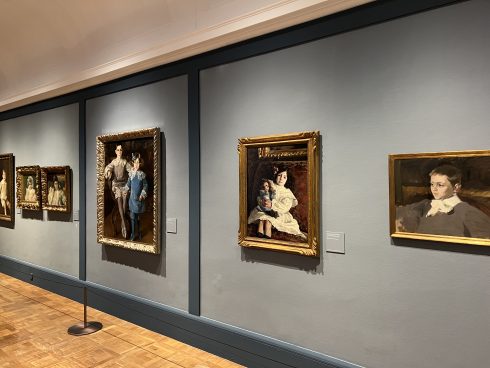
Bang, his renaissance happened, leading to new museums in Valencia, where the railway station has now been named after him, as well as the value of his paintings tripling and more.
Today, timing is the key to visiting this museum (his former home) just north of the Golden Triangle. My tip: head there at lunchtime, around 3 to 4pm, or late in the day at 7pm when it’s quiet again.
It’s well worth the visit and particularly this Spring, when a major retrospective on the top floor is looking at his inspiring series of works based around children.
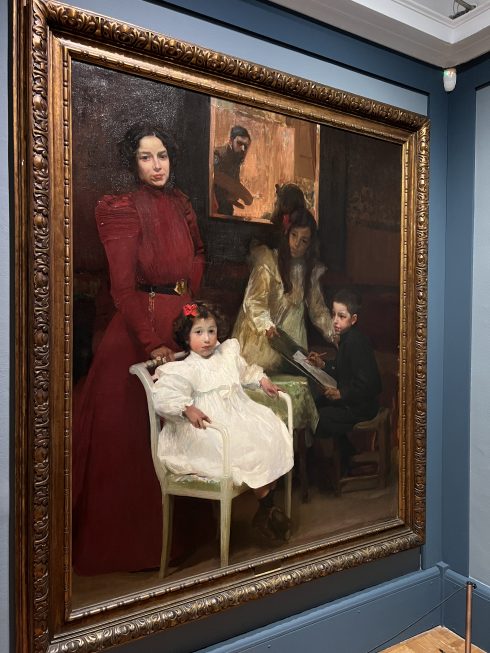
One of the very few happily married painters for most of his life, his portraits of his own children and wife Clotilde are both mesmerising and moving, while his now famous oils of children frolicking on the beaches around Valencia in summertime are joyous.
But what really makes this exhibition, La Edad Dichosa, is the thoughtful paintings at the end that he created of less fortunate children, from humbler backgrounds, giving them an equal billing in a bid not to brush them under the carpet. He will stand as a true humanist and must surely now be up with the greats.
FORGET GOYA AND VELAZQUEZ…
…AND skip Hieronymus Bosch’s revolutionary Gardens of Delight, there are so many other highlights in the Prado Museum to hunt out.
Pieter Bruegel’s Triumph of Death, painted in 1562, is eye-opening and startling in equal measures and entirely fitting given the current invasion of the Ukraine.
Like a Middle Age Zombie film, it shows a blackened scorched earth landscape, where nothing lives and a legion of skeletons wreak havoc as far as your eye can take you.
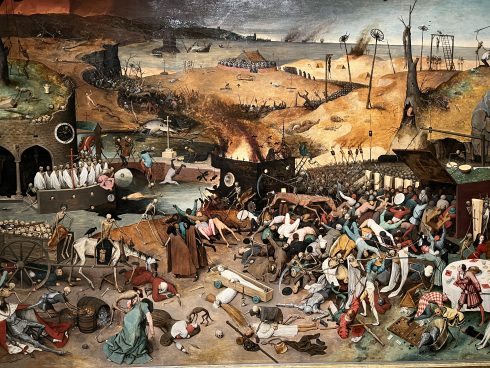
There is so much going on and it is bleak. Very bleak.
The highlights include the man with a rock around his neck about to be drowned, while a pack of skeleton hounds chase a man to his death. And no one is saved… not aristocracy, nor kings, with one humorous part showing a cardinal being led to his fate by a skeleton who mockingly wears his pointed red hat.
Acquired by the Prado in 1827, it is not always on display, but it is currently proudly out. Don’t miss it!
OPEN AIR ART
The city is known for its amazing light and extreme weather (certainly among its locals, who describe it as nine months of winter, three months of hell).
But, while this won’t bother most tourists, the highest capital of Europe has mostly clear, crisp daylight, making it popular with artists and, perfect for the outdoor life.
An absolute must for any visit to Madrid is a stroll in its famous Retiro park, now part of the Unesco protection status and not just to see how the locals live, particularly at weekends.
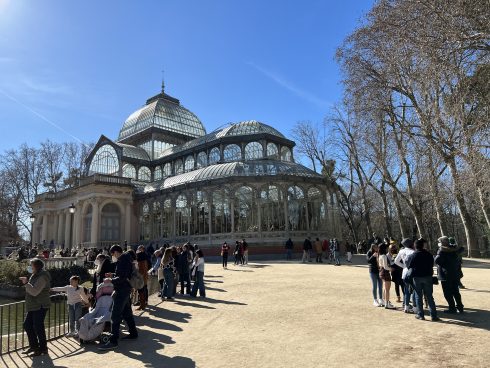
Aside from its amazing statues and the main boating lake, there are two key pavilions, always full of art, that need to be visited.
Both administered by the Reina Sofia museum, the best is the wonderful Palacio de Cristal, a glass conservatory in the shape of a Greek cross. Decorated in stunning ceramics, it is 22 metres in height and sits beside a pond and fountains.
At the nearby Palacio de Velazquez meanwhile, you will currently find an intriguing exhibition of painted banners/canvases by Swiss-Argentinian artist Vivian Suter. On till May 2, best of all tickets are free.
READ MORE:
- Travel Spain: How the pandemic saw Madrid transform into a luxury tourism destination
- INTERVIEW: Meet Quique Dacosta, the chef behind Deessa restaurant at Madrid’s Mandarin Oriental Ritz
- REVIEW: Style and substance after stunning overhaul of Madrid hotel Rosewood Villa Magna
Click here to read more News from The Olive Press.

